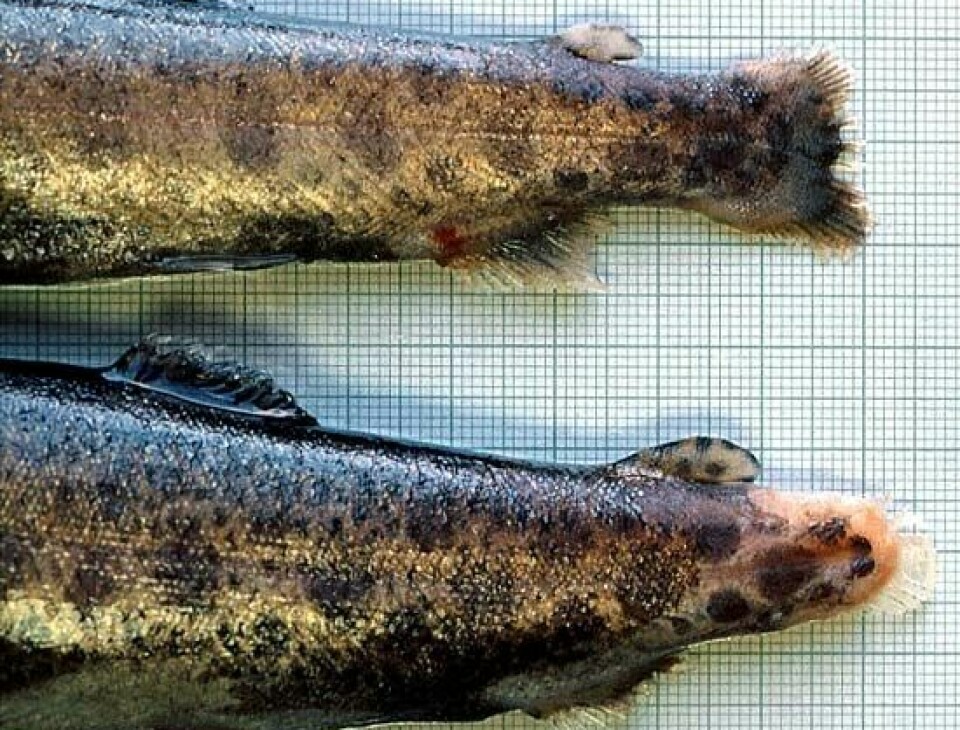
‘Postbiotics’ show promise against pathogens
Compounds from fish bacteria are seen to have inhibitory effects against Aeromonas and Yersinia
So-called “postbiotic” compounds derived from beneficial bacteria found in rainbow trout and Nile tilapia have been found to inhibit the growth of microbes that cause furunculosis and enteric red mouth (ERM) disease.
The immunostimulant properties of postbiotics for their possible use in farmed salmonids have already begun to be investigated. A study demonstrated effects of the administration of postbiotics on the composition and structure of the bacterial community in the intestine of rainbow trout, which exerted protection in the specific case of infection by Lactococcus garvieae, which causes lactococcosis.
Now, scientists in Spain and Costa Rica have identified and evaluated the inhibitory effectiveness against Aeromonas salmonicida subsp. salmonicida and Yersinia ruckeri from postbiotic compounds produced by 12 bacterial isolates: four identified as Pediococcus acidilactici, seven as Weissella cibaria, and one as Weissella paramesenteroides.
“In the present study, the hypothesis is that postbiotics obtained from bacterial strains isolated from the natural microbiota of fish with prophylactic and therapeutic activity against pathogens would be suitable for the aquaculture industry,” the study’s authors wrote.
Isolates
The bacterial strains were isolated from intestinal, gill and skin mucus samples of rainbow trout and Nile tilapia.
After defining the best method of incubation and isolation of the postbiotic compounds, the investigators evaluated them in in vitro broth microdilution and cocultivation assays.
Two isolates identified as W. cibaria were able to significantly reduce the growth of A. salmonicida subsp. salmonicida, which causes furunculosis, in the coculture challenge.
Although the reduction of Y. ruckeri, which causes ERM, was not as effective, inhibition of pathogen growth was also reported.
“Based on the results obtained, the preliminary
identification of the isolates that expressed the highest inhibitory activity
was confirmed by partial sequencing as W. cibaria,” the researchers reported.
Feed additive
In their conclusions, the scientists pointed out that further research should be carried out to identify the compounds responsible for the antibacterial activity expressed by the two postbiotic products obtained from the selected isolates, “as well as an assessment of the safety of the postbiotic preparation in aquaculture species and the stability of the product under fish digestive tract conditions, among other benefits that these products could bring as a feed additive for the aquaculture industry”.
Read the complete study entitled “In Vitro Evaluation of Postbiotics Produced from Bacterial Isolates Obtained from Rainbow Trout and Nile Tilapia against the Pathogens Yersinia ruckeri and Aeromonas salmonicida subsp. salmonicida”, here.























































